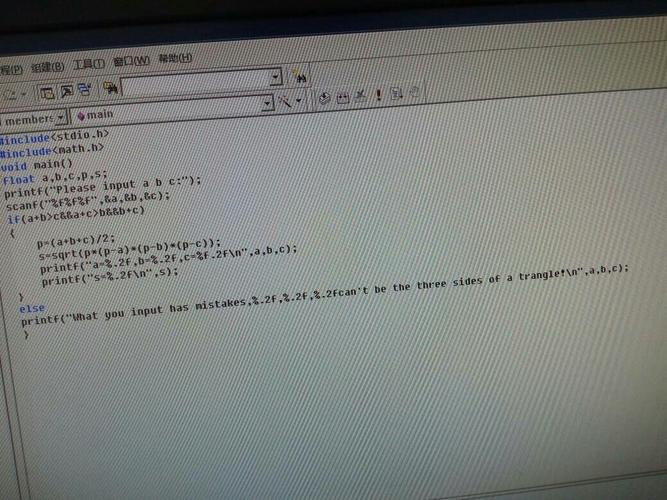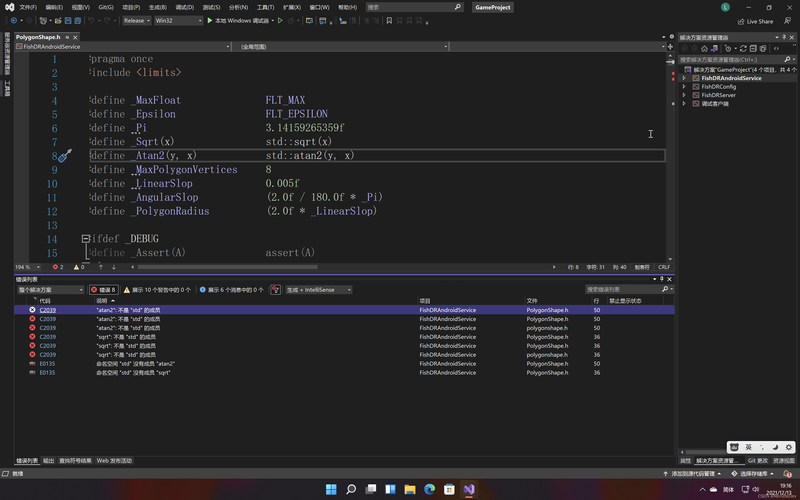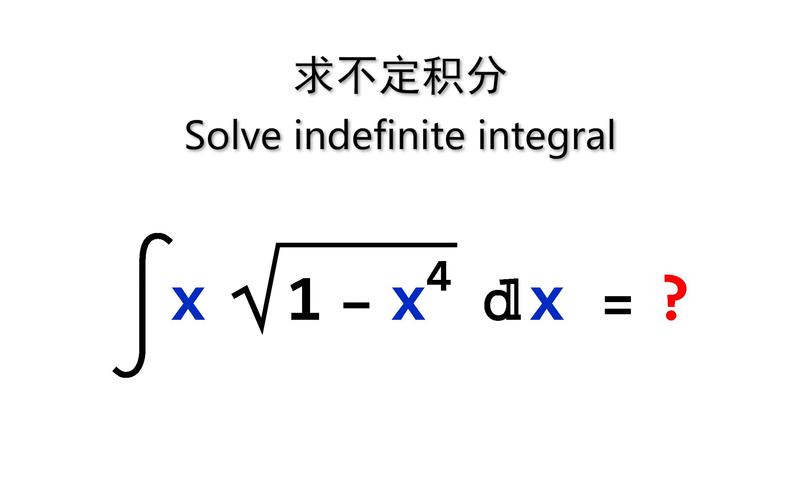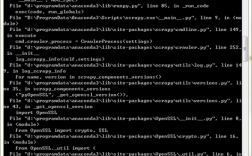在编程中,sqrt函数用于计算一个数的平方根,当使用sqrt函数时,可能会遇到各种错误和问题,以下将详细探讨这些错误的原因、解决方法以及相关的FAQs,以确保内容准确、全面且逻辑清晰。
一、常见报错及原因分析
1. C++中的类型不匹配

在使用C++编程语言时,如果传递给sqrt函数的参数是整型(int),编译器会报错,这是因为sqrt函数要求其参数类型为浮点型(float或double)。
- #include <math.h>
- int main() {
- long int i, x, y, z;
- // 错误示例
- x = sqrt(i + 100); // 这里会报错,因为i是整型
- y = sqrt(i + 268);
- z = sqrt(i + 286);
- for (i = 1; i < 100000; i++) {
- if (x*x == i + 100 && y*y == i + 268) {
- printf("
- %ld
- ", i);
- }
- }
- return 0;
- }
上述代码中,变量i、x、y和z都是整型,而sqrt函数需要浮点型参数,解决方法是将参数强制转换为浮点型:
- x = (double)sqrt((double)(i + 100));
- y = (double)sqrt((double)(i + 268));
- z = (double)sqrt((double)(i + 286));
2. Python中的模块未导入
在Python中,如果在使用sqrt函数时没有导入math模块,会导致NameError。
- import math
- a = 9
- print(math.sqrt(a)) # 正确用法
如果没有导入math模块,直接使用sqrt会报错:
- a = 9
- print(sqrt(a)) # 会报 NameError: name 'sqrt' is not defined
3. 负数作为参数

sqrt函数只能对非负数进行求根运算,如果传入负数,会导致数学错误或运行时错误。
- import math
- print(math.sqrt(4)) # 会报 ValueError: math domain error
二、常见问题解答(FAQs)
Q1: 如何在C++中使用sqrt函数?
A1: 在C++中,使用sqrt函数前需要包含头文件<cmath>或<math.h>,并确保参数为浮点型。
- #include <iostream>
- #include <cmath>
- int main() {
- double num = 25.0;
- double result = sqrt(num);
- std::cout << "The square root of " << num << " is " << result << std::endl;
- return 0;
- }
Q2: 如何在Python中使用sqrt函数?
A2: 在Python中,需要先导入math模块,然后使用math.sqrt计算平方根。
- import math
- num = 25
- result = math.sqrt(num)
- print("The square root of", num, "is", result)
Q3:sqrt函数可以处理负数吗?

A3:sqrt函数不能处理负数,如果需要处理负数,可以使用复数平方根函数cmath.sqrt(Python)或sqrtf(C++)。
- import cmath
- num = 4
- result = cmath.sqrt(num)
- print("The square root of", num, "is", result)
在使用sqrt函数时,需要注意以下几点:
1、确保参数类型正确:在C++中,确保参数为浮点型;在Python中,确保导入了必要的模块。
2、避免负数参数:sqrt函数不能处理负数,传入负数会导致错误,如果需要处理负数,可以使用相应的复数平方根函数。
3、检查编译选项:在使用C++编译时,确保链接了数学库(如使用lm选项)。
通过以上方法和注意事项,可以有效避免在使用sqrt函数时遇到的常见错误,确保程序的正确性和稳定性。










